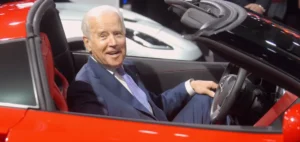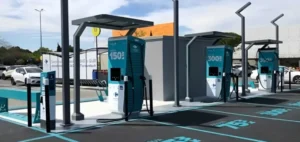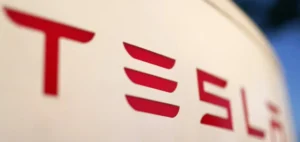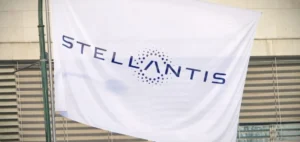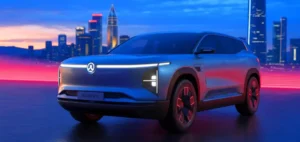New York State Governor Kathy Hochul announced on August 3 a $12 million initiative to promote electric vehicle (EV) adoption and grid integration. The initiative also aims to support demonstrations of electric and hydrogen fuel cell technologies for medium and heavy-duty vehicles.
New York Electric Vehicles: $12M Initiative for a Zero Emission Future in 2035
“As New York continues to move toward an emissions-free future, it’s imperative that we continue to improve the affordability of clean transportation while developing a resilient and reliable energy grid,” Hochul said in a statement.
“This $12 million initiative offers an innovative way to do both – exploring and supporting options for vehicle charging infrastructure that also provides power to the grid,” said Ms. Hochul, adding that “we are committed to enabling residents and businesses to transition to owning and charging electric vehicles – building a greener future for all.”
The initiative will contribute to the state’s transition to zero-emission vehicles by 2035. A contribution to advancing the requirements of the Climate Leadership and Community Protection Act. This law aims to establish a zero-emissions electricity sector by 2040 and reduce greenhouse gas emissions by 85% by 2050.
New York EV Initiative: Objectives for Cost Reduction and Network Integration
The New York State Energy Research and Development Authority will manage the project. It will be structured as a competitive program. The objectives of the initiative are as follows:
- Promoting well-managed EV charging infrastructure and reduced grid integration costs
- Improving the economics of EV ownership for residential consumers and commercial fleet managers
- Stimulate research and innovation that support the large-scale deployment of EVs as a beneficial asset for both EV owners and grid operators, including combining EVs with two-way charging, energy storage and on-site power generation
- Demonstrate the electrification of medium- and heavy-duty vehicles, either through fuel cell electric vehicles or standard battery EVs.
Competitively priced initiative to deploy electric vehicles in New York City
Prizes of up to $3 million each will be awarded for product development. The awards will also be dedicated to demonstrations of technologies and business models that help reduce peak electricity demand.
The release also states that they “provide benefits to the grid through charge/discharge management that will reduce the overall cost of necessary upgrades to the power grid infrastructure”.
The initiative is expected to improve utilization of the existing power grid infrastructure. It would also contribute to the wider deployment of zero-emission vehicles throughout New York State. This would involve successful demonstrations of electric and fuel cell vehicles in applications that are difficult to electrify. By this, the governor’s office means heavy road vehicles and construction equipment.
Towards a zero-emission future for medium- and heavy-duty EVs in New York by 2035
In April, the New York State Public Utilities Commission initiated proceedings. It aims to implement policies and programs related to planning and infrastructure for medium and heavy electric vehicle charging. This also includes proactive investment in the utility infrastructure needed for transport electrification, according to the statement.
New York is proposing measures to ensure that all new trucks and cars sold will be zero-emission by 2035. All school buses should also be emission-free in the same year. Concept papers for a full proposal under the initiative will be accepted until 3 p.m. on September 12. Funding for the initiative is provided by the state’s Clean Energy Fund. The initiative has a budget of $6 billion over 10 years.



